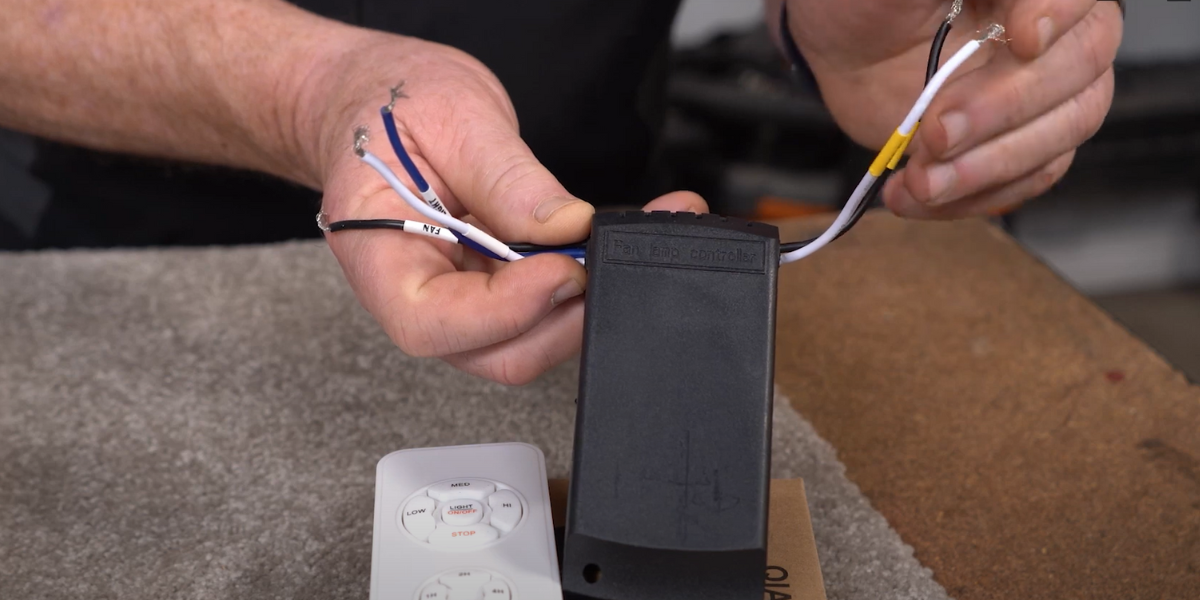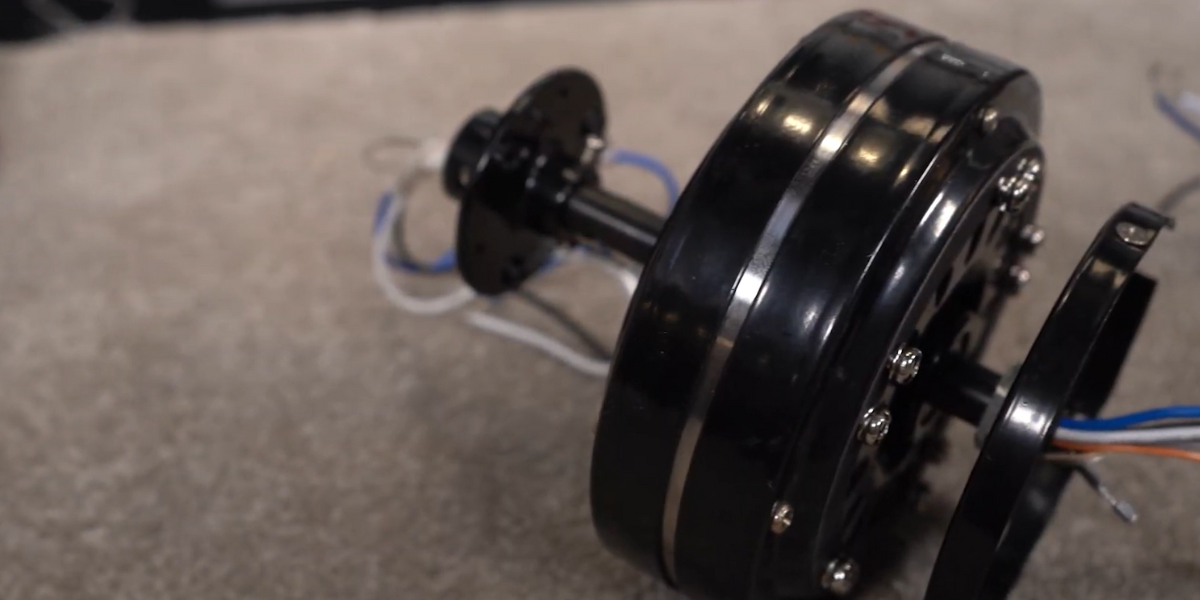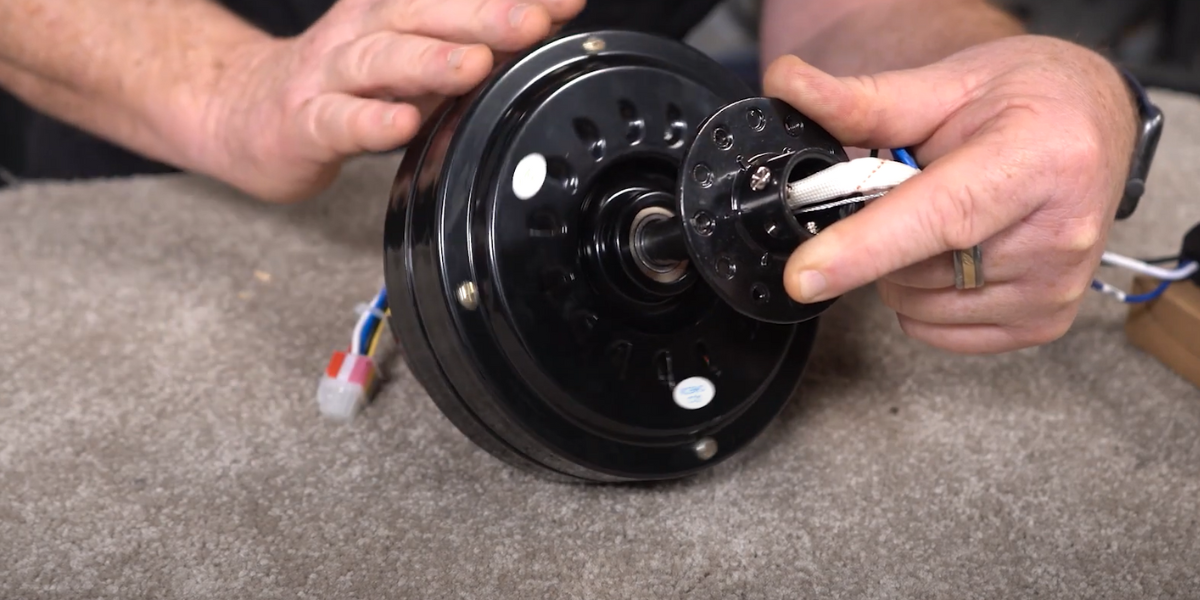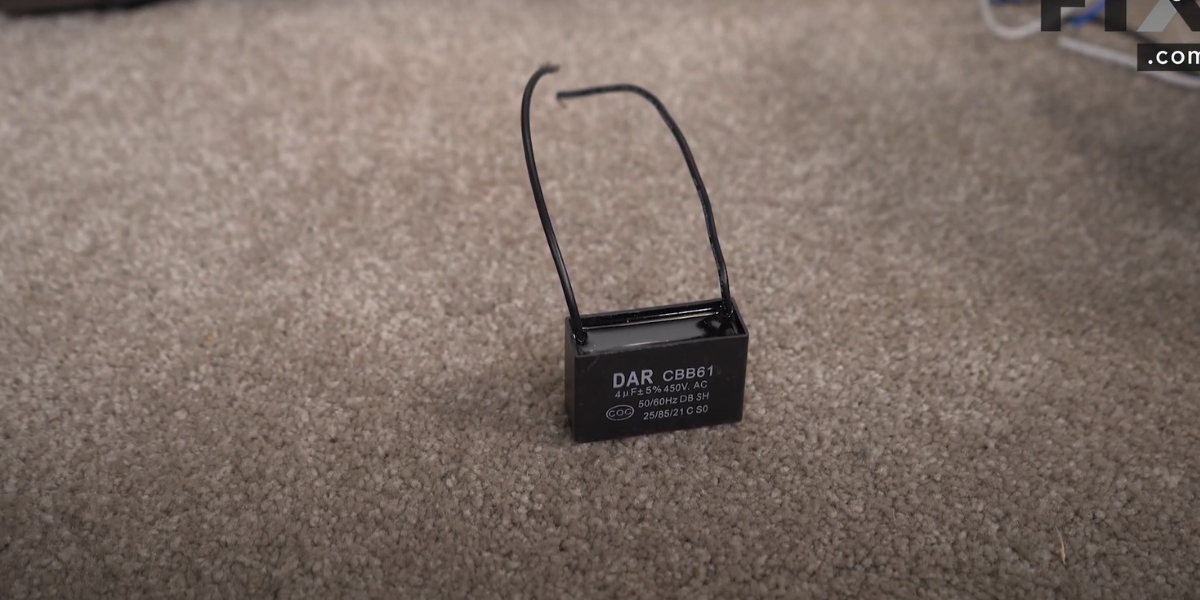Understanding Remote Control Ceiling Fans
A Quick Guide on Ceiling Fans
Ceiling fans can be a great budget-friendly addition to your home. They are useful for both heating a room in the winter and cooling a room in the summer as they move air around. Ceiling fans are popular for their low cost of operation and maintenance, which will increase your savings over time. Remote-controlled ceiling fans have the added advantage of allowing you to operate your fan from anywhere in your home. But how exactly do these ceiling fans work and are they all that they are cracked up to be? Here is a quick guide to give you information that is important for you to know whether you already have a fan or are looking to purchase one.
Receiver Box
Remote-controlled ceiling fans come with a receiver box and remote which are set to the same frequency. This allows the two of them to communicate so that you can control your fan as you please. However, if you have several ceiling fans of the same type in your home, you’ll want to be sure that switches in your remote are paired with the switches in the box of the fan you want to control otherwise all your fans will switch on even when you are only trying to connect to one. Therefore, you’ll need to adjust the switches and frequency accordingly.
You can usually find the receiver box underneath the fan housing. You will need to remove the housing to access this box. Inside you will find that it is connected to the power supply in your home. There are typically three wires connected to the box. One wire is the neutral one is the high-power supply and the other one is the circuit coming from a power supply for the lamp.

Motor
The next important part of the fan is the motor. It is also found underneath the fan housing. The motor has mounts that the fan blades are attached to, to hold them in place. It also has wiring harnesses that control the light on the fan (if it has one) and is responsible for the reversing switch. The reversing switch is an important component of your ceiling as it changes the direction that the fan spins so that you can use your fan for cooling in the summer and heating in the winter.
Another important part of your harness is the safety wire, which is held securely by the receiver box. It is a safety feature that prevents your fan from crashing to the floor if it comes loose from the ceiling.

On either end of the fan motor, you will also find ball bearings. Ball bearings have a long shelf life and can last many years without needing repair or replacement. However, over time, they will eventually succumb to wear and tear from frequent use. As they get on in years, you may notice a loud scraping or grinding noise coming from the bearings. We would advise you to purchase a new fan at this point as replacing your bearings will likely be more expensive.

Capacitor
The capacitor is a small but critical part of your ceiling fan. It plays an essential role in helping the motor in the fan to run. It is located within the fan housing, above the light fixture but below the motor. If your capacitor is faulty, you may notice that your ceiling fan does not follow the instructions you are inputting using the remote. You may also note that the fan blades spin slowly and you are unable to increase the speed/power.

Benefits of Having a Ceiling Fan
Now that you have a much better understanding of what goes on inside your ceiling fan, we can look at some of the advantages of owning one.
Budget friendly:
Using a ceiling fan is much less expensive than an HVAC system. They are easier to install and more energy efficient, which can help you cut down on power bills. This benefit can be magnified by getting a fan with longer blades as they can move more air while using less motor power.
Environmentally friendly:
Ceiling fans do not emit harmful pollutants such as HVAC systems which can release carbon monoxide and nitrogen oxide. If you are interested in making your home greener, then having a ceiling fan can help you to lower HVAC usage in your home. And if you would like to know other ways that you can make your home greener while saving on energy, check out our Green Living Guide.
Style:
Ceiling fans don’t just have to be functional they can also be aesthetic. There are now many different types of fans that you can purchase for your home. Whether you are a fan of modern contemporary style fans or classic dark wood fans, you can choose the material, lighting, and design that suits the décor in your home. If you are technologically savvy, you can also purchase a smart fan that can be controlled by your phone or computer.
Useful for indoor and outdoor spaces:
Ceiling fans come in versatile styles as mentioned above. If you are looking for a fan for your gazebo, deck, porch, etc., you can find a wet-rated ceiling fan. These are fans that are resistant to snow and rain and will not corrode in harsh conditions, which makes them perfect for use outdoors.
Common Ceiling Fan Issues
Despite the many advantages of owning a ceiling fan, there are also some frequent issues that all fan owners are likely to experience at some point.
Noise:
Over time the receiver box and blades on your fan can move out of place which causes the fan to become unbalanced. As a result, these parts will hit each other as they rotate and create an unpleasant noise. Additionally, the bearings in your fan may wear down over time which may result in a grinding or scraping sound. This can also happen when the bearings are not lubricated enough, or they are dirty. So be sure to check that everything in your fan is screwed in tight and well-lubricated.
Instability and shaking:
This is one of the most common ceiling fan problems that many people experience. Typically, it is because the fan was either of poor quality, not installed properly, or one or more of the blades on the fan are damaged in some way.
Flickering light:
If you have a ceiling that has a light fixture, you may have experienced some flickering from the lightbulb. Often the issue can be resolved by replacing the light bulb as you would in any other part of the house. However, sometimes a flickering light is an indicator of a bigger electrical problem. The light bulb may not be connected properly to the fan or if it flickers whenever you are using another appliance it could be due to electrical overload. In this case, you will need to call in an electrician to resolve the issue.
Hard to Reach:
Depending on the height of your ceiling, it can be difficult to reach your fan to change the lightbulb or clean the fan itself. You may need to call in a professional if you are experiencing any issues with your fan or if you are looking for some general maintenance.
As you can you see, ceiling fans have many benefits as well as downsides. We hope this guide will help you to troubleshoot your fan if you have one or help you make a better-informed decision if you are considering purchasing one.
